The legend of Godzilla
Few cars get an ‘official’ nickname, and even fewer get one as awe-inspiring or famous as Nissan’s GT-R – Godzilla. But how did the storied Japanese sports car gain such a soubriquet?
From beginnings in Japan…
The story of the GT-R starts in 1969, when Nissan put its 2.0-litre straight-six S20 power plant into the Skyline saloon. Produced for three years, the four-door saloon kicked-off the GT-R badge, with few who could have guessed at its long and continued success on road and track over the decades, following its unveiling at the Tokyo Motor Show in 1968. The key change to the stock Skyline was that engine, which was the first mass-produced four-valve-per-cylinder double-overhead camshaft engine, generating 158hp at 7,000rpm.
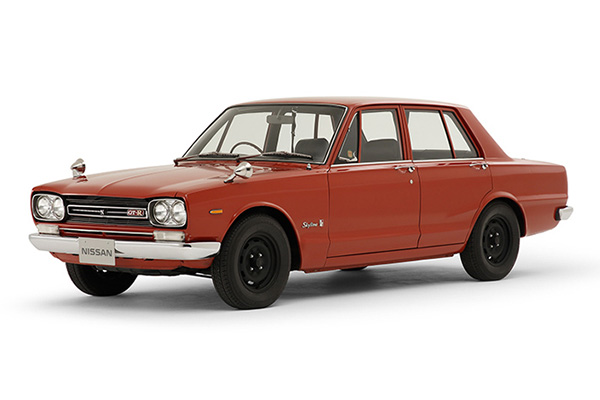
The Skyline GT-R was more than simply an engine switch however, with flared wheel arches shrouding a wider track and wheels, variable ratio steering, a limited slip differential, and revised suspension made sure it handled and stopped with as much aplomb as it accelerated. This - alongside the two-door coupe that arrived later - started the Skyline GT-R’s racing success, achieving 52 victories, of which a record 49 were consecutive, in the Japanese touring car championship in three years.
Through the ‘difficult second album’…
A second-generation model arrived in 1973, based on the fourth-generation Skyline, and this time offered only as a two-door coupe. Nissan poured its expertise into the GT-R Mk II, adding features such as disc brakes all-round and improved aerodynamics, including a rear wing.
The 2.0-litre engine saw changes put in place and, although power output remained the same, reliability and performance improved. The second GT-R also saw the implementation of the a key element of design, which has become an essential part of the model’s styling – the twin round rear lights; a signature feature. Considering the model’s fearsome nickname, it almost had a different moniker. This Mark II is often known as the ‘Kenmeri’, as an advertising campaign at the time used a young couple called Ken and Mary, going for a drive in the Japanese countryside. Imagine if that name had stuck across the generations.
Forged in Australia
It wasn’t until the third generation Skyline GT-R arrived – after a 16-year absence from the Nissan line-up - that the Godzilla nickname stuck, coined by the Australian media do describe the Nissan’s domination of the Australian Touring Car Championships. Hitting the track in 1990, after the road-going version launched the previous year, the GT-R made good use of its foundations.
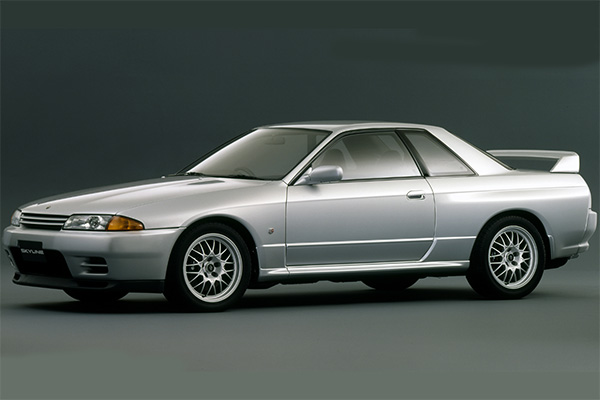
It was a technological tour-de-force at the time, and the R32 Skyline GT-R produced 276hp from new, more powerful 2.4-litre twin-turbo six-cylinder engine, capable of completing the 0-60mph sprint in just 5.0 seconds – faster than many European sportscars. It was the racing version that gained and cemented the Godzilla name however, using a 2.6-litre engine capable of producing more than 600hp, alongside a sophisticated all-wheel drive and four-wheel steering set-up. It destroyed the opposition around the world winning 29 races on the trot in the Japanese touring car championship between 1990 and 1993, completing back-to-back wins at the 1990 and 1991 Spa 24h race, and winning the 1990 Nurburgring 24h too. In Australia, it won the country’s touring car championships from 1990 to 1992, including the 1991 and 1992 Bathurst 1000. It was such as success that it pushed the Australians to ditch the Group A regulations to which the GT-R was built, to give other, largely home-focused, models a chance.
The legend continues
From there, the Godzilla name not only stuck, it spread worldwide, with Nissan actively embracing the Japanese monster links. The fourth generation GT-R was launched in 1994, and carried on the high-tech machinery from before, now using a 2.6-litre twin-turbo six-cylinder unit, and improved all-wheel drive and stability control systems. Changes helped the R33 generation GT-R set the first sub-eight minute lap of the Nordschleife by a series production car.
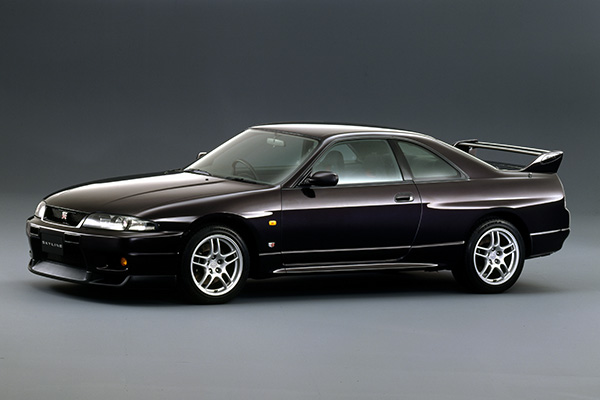
The fifth-generation arrived in 1999, and again continued in the same vein, this time picking up a legion of fans inspired by its prominence in the Gran Turismo Playstation game, aided no doubt by a sportier stance thanks to shorter wheelbase and overhangs.
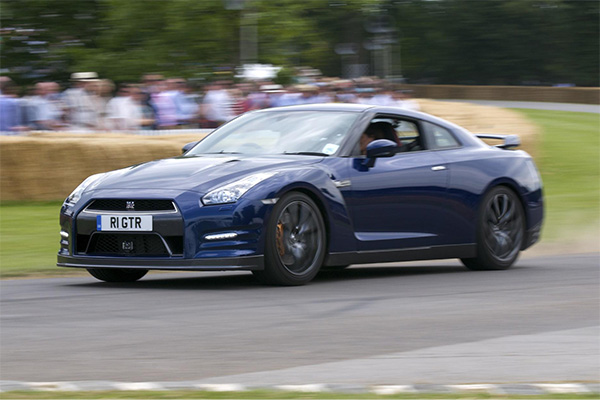
Now in its sixth-generation, the GT-R was launched as a stand-along badge – rather than being linked to the Skyline – and saw Nissan again produce some of the finest automotive engineering available at any price. The engine is hand-built in a sealed laboratory, and is canted forward slightly so that when it tilts back under acceleration, everything aligns better. The 3.8-litre twin-turbo V6 allows for one of the fastest accelerating sports cars on the market – 3.6 seconds 0-62mph for the standard model – thanks in part to its famous all-wheel drive and sophisticated electronic wizardry under the surface.
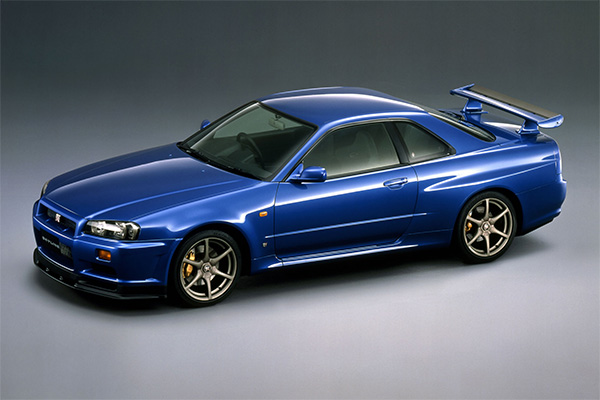
How the eighth version of Godzilla is powered or what technology it will feature, we don’t yet know, but should Nissan decide to build one, expect more of the same colossal performance.

COMMENT